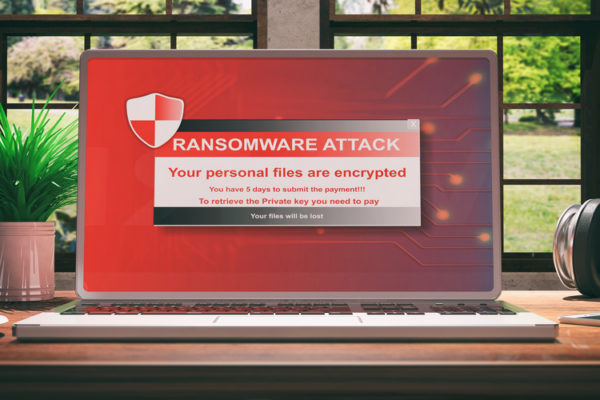As we are already aware of the fact that cyber crime is rapidly increasing in the modern industrial society, where every other person may be a victim of such crime in one way or the other. People do not explicitly realize that they have been victimized and the criminals have done their job. However, many other major cyber crimes also take place which terribly affects the user. So, to prevent ourselves from being victimized by such criminal activities, we should have a clear assessment and knowledge of how to prevent our self from cyber crime.
Organizations like Utah-based VLCM use the Fortinet Cyber Threat Assessment to assess where companies are at risk for cyber attacks. According to Fortinet, it’s almost impossible for a company to stop all cyber attacks. But most businesses could do much more by way of cyber security to secure their systems from hackers. Many businesses may need to ask themselves the following questions to ensure they are not under threat of cyber crime.
Are you equipped for the human vulnerability?
By essence, we humans are curious, believing and usually immediately acting helpfully. Attackers are aware of this and take full advantage of it in order to bypass organizations’ security controls. That’s why you should test your organization’s potential to answer to client-side attacks such as phishing and social engineering.
Do you test regularly?
Security tests can only ever be a point-in-time judgment. While yearly or biyearly testing may satisfy legal or risk and compliance obligations, it does not clearly represent the ever changing threat landscape. Most business commission and decommission systems regularly modify content on a daily basis. This continual state of change necessitates more recurrent security testing in addition to whenever proper changes are made to the environment.
Can you identify breaches?
Nothing is ‘hacker proof’. Over the years we have seen that the maximum we can expect from perimeter defenses is that they will decelerate invaders; they cannot halt them completely. Sooner or later, your perimeter will be breached, so you will need to execute and assess your organization’s potential to identify an attack when it happens.
Do you know where your necessary value data is located?
You can seriously limit the opportunity of a data breach by detecting or recognizing which data is vital to your company, where it is located, and who has access to it. This limits a cybercriminal’s chances to access your valuable information even if they breach your defenses. It can also make compliance easier and potentially less expensive.
Do you have sufficient layers of protection?
A single commodity or prevention cannot provide sufficient safety from a determined attacker; it would be like trying to chain a fence shut with only a single link. Successful protections and countermeasures need a coaxial ring around the critical value data; this is also usually termed as ‘defense in depth’.



